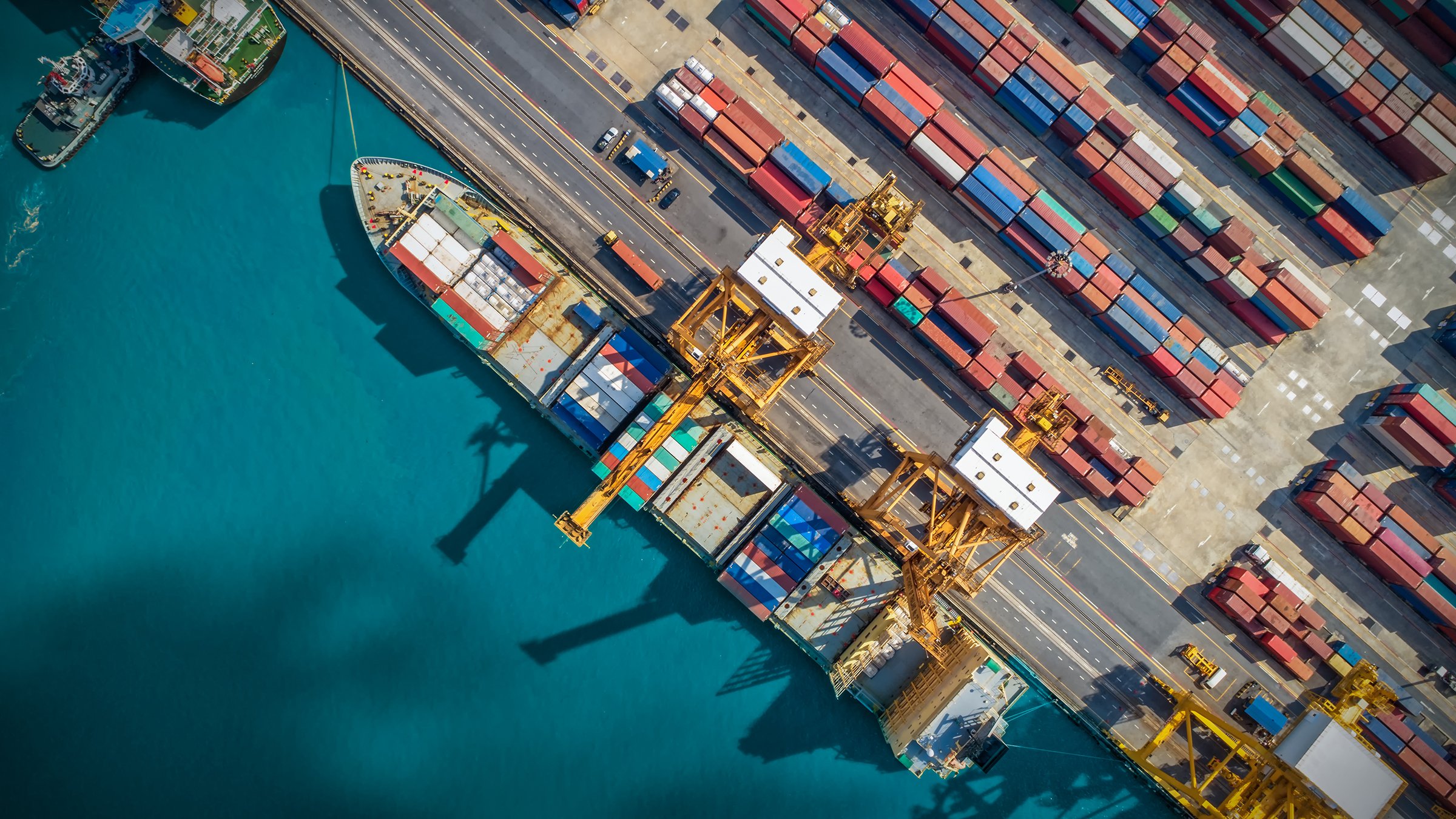Challenge
The Panama Canal Authority was in the process of developing a Master Plan that will guide the future developments, investments and direction of the Panama Canal. A critical part of this planning process required the assessment of a number of marketing, capital, and operational scenarios to determine their impact on capacity and customer service.
Solutions
Rockwell Software Arena Simulation Software
- A simulation model was developed to analyze canal traffic based upon forecasted demand by various attributes, like vessel type, size and restrictions. Scheduling logic was used with the simulation model to evaluate capacity limitations and alternatives for the future.
Results
- A clear understanding of the limitations of the existing canal was developed regarding throughput capacity and level of service
- Analysis concluded that the Panama Canal will face significant capacity constraints in the next 5 to 10 years
- Negative impacts on the canal’s level of service and its long term competitiveness were predicted
Background
The Panama Canal is one of the most famous waterway and locks system in the world. A project was undertaken to help the Panama Canal Authority design a strategic planning tool, based on Arena simulation software.
Challenge
The Panama Canal Authority is in the process of developing a Master Plan that will guide the future developments, investments and direction of the Panama Canal. A critical part of this planning process required the assessment of a number of marketing, capital, and operational scenarios to determine their impact on capacity and customer service.
These alternatives have involved a wide range of options, including changes to operational rules and procedures, improvements to the existing locks and navigation channels to increase draft capacity and vessel throughput, and construction of additional locks and navigation channels to allow transit of larger vessels.
It was decided that the development of a simulation of canal operations was a critical component of the Master Planning process, in order to assess and compare alternatives in an objective, measurable replicable fashion.
This simulation model, developed with Arena, is being used as a planning tool, in order to assess the system’s throughput capacity and level of customer service under different market strategies, capital investment options and operating rules.
Solution
The inputs and the model structure itself are divided into three main parts:
- Vessel Arrival Mix
- Traffic Rules
- Vessel Pre-sequencing
At the beginning of the simulation run, the model calculates the time between arrivals of the vessels per market segment both for the Northbound and Southbound traffic on a monthly basis either based on historical or on forecasted demand. The main attributes of arriving vessels - such as the vessel’s type, size and restrictions - will be assigned based on a mix of rules and theoretical distributions.
The traffic rules are mainly defined with a focus on assuring safe crossings through the canal. They are assigned based on the canal and locks configurations, navigational restrictions and vessel characteristics, among others. They drive operating behavior and scheduling procedures.
Restriction Codes, Precautionary Designator and High Mast Lighting assignment rules are modeled in detail, as well as other important aspects related to traffic, such as fog probability, scheduled and unscheduled downtimes, locks operating modes and the way traffic lanes are chosen.
The vessel scheduling routine - also known as the pre-sequencer - is a simplified logical way to mimic the actual scheduling process presently carried out by the Scheduler every morning. Its main goal is to make best use of the canal resources in a safe manner, overcoming constraints and attending rules, while striving to increase the system’s throughput.
Preliminary time tables are suggested by the “Pre-sequencer” software and sent to the model that then sequences the ships that are ready for transit, based on their navigation restrictions and on the scenario of the day.
Results
This port simulation project has produced a powerful and precise simulation tool, allowing the Panama Canal Authority to conduct several experiments with existing and future canal resources, up to the year 2025, while testing different strategies for lock operations, Panamax and new Post-Panamax vessels, as well as new proposed locks and navigation channels.
Although the analysis of canal capacity is still in its preliminary stages, the simulation model has already allowed the ACP to develop a clear understanding of the limitations of the existing canal regarding throughput capacity and level of service.
Based on these analysis, the ACP has concluded that the Panama Canal will face significant capacity constraints in the next 5 to 10 years, which will have a negative impact on the canal’s level of service and its long term competitiveness. Also, the port simulation model has allowed the ACP to analyze different strategies to increase the capacity of the existing infrastructure, and to ultimately expand the capacity of the canal through the construction of a third set of Post Panamax locks.
已發佈 2014年7月31日
Ready to Order Your Software?

Recommended For You
